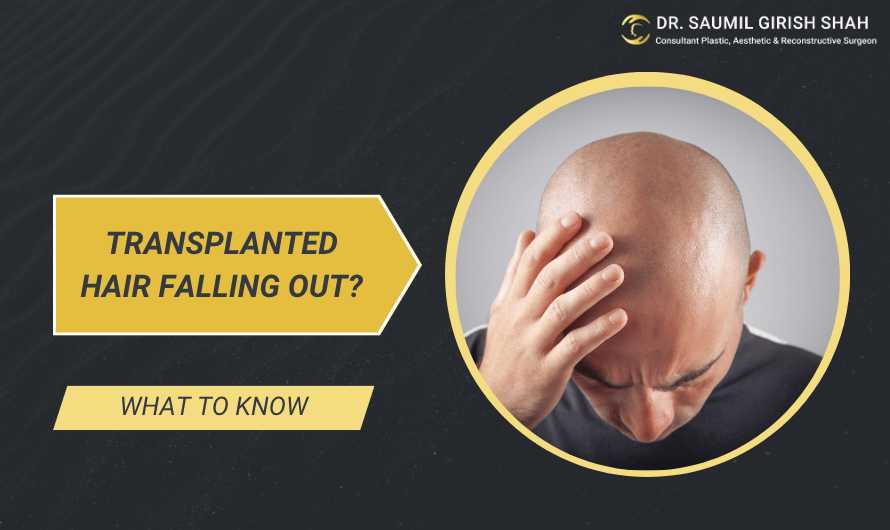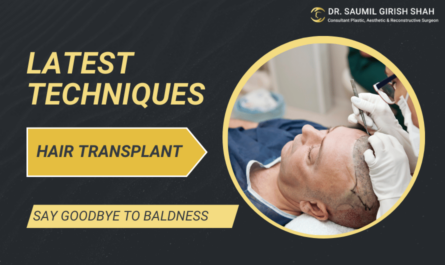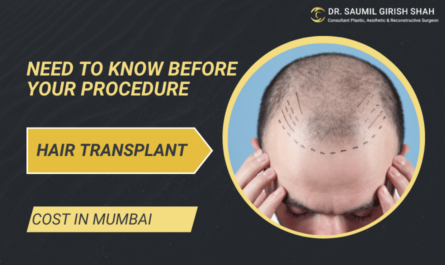Hair transplant is often seen as a permanent fix for baldness. But what happens when the transplanted hair starts falling out after two years? It’s a concern many patients face—and one that deserves honest answers.
In this blog, we’ll break down why transplanted hair may shed after a couple of years, what’s normal, what’s not, and what you can do to address it. Whether you’re considering a hair transplant or already had one, this guide is meant to help you stay informed and confident.
Understanding Hair Transplant Basics
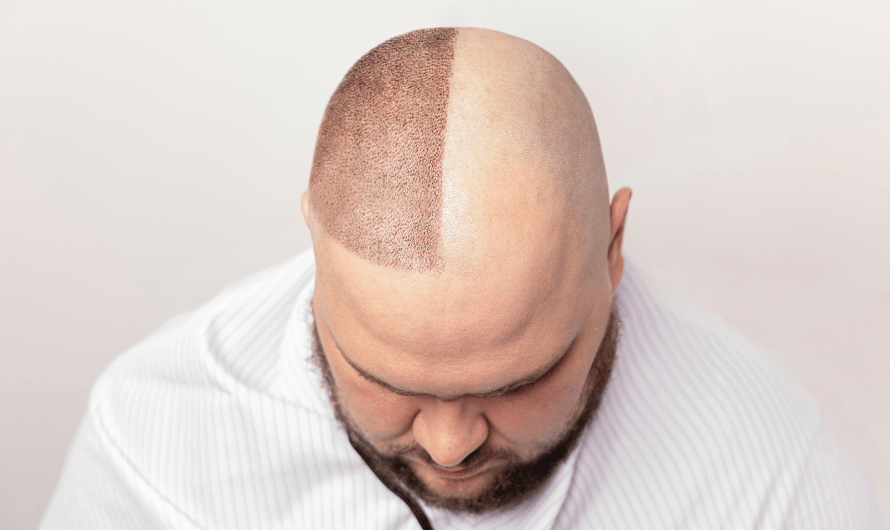
Before we discuss the shedding, it’s important to understand what a hair transplant involves.
- A hair transplant moves hair follicles from a donor area (usually the back of the head) to thinning or bald areas.
- There are two main types: Follicular Unit Extraction (FUE) and Follicular Unit Transplantation (FUT).
- After the procedure, transplanted follicles go through a shedding phase, followed by regrowth.
Hair growth happens in cycles:
- Anagen – active growth
- Catagen – transition
- Telogen – rest and shedding
Even transplanted hairs follow this cycle once they settle into the new area.
Why Does Transplanted Hair Fall Out After Two Years?
Some patients report hair loss even years after their Hair transplant. Here’s why that might happen:
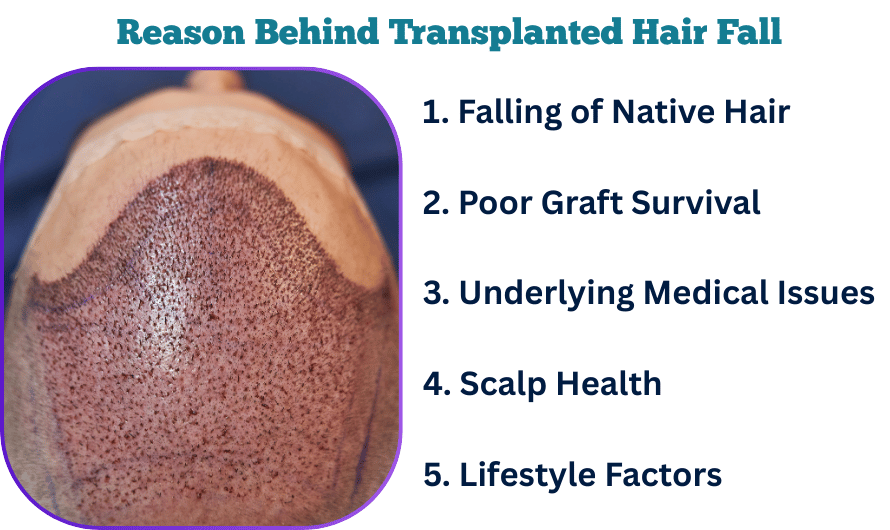
1. Falling of native hair
- While the transplanted hair is permanent, your existing non-transplanted hair may still thin over time.
- This can make it seem like the transplant is failing when it’s actually your natural hair continuing its genetic pattern.
2. Poor Graft Survival
- If the grafts weren’t placed properly or didn’t survive the transplant process, some areas may appear sparse later.
3. Underlying Medical Issues
- Thyroid imbalances, stress, nutritional deficiencies, or autoimmune disorders can lead to hair shedding.
- These issues affect both native and transplanted hair.
4. Scalp Health
- Infections, dandruff, or scalp inflammation can disrupt follicle function and cause shedding.
5. Lifestyle Factors
- Smoking, poor sleep, lack of exercise, or an unhealthy diet can affect hair health long-term.
What Can You Do If Transplanted Hair Starts Falling Out?
Losing transplanted hair after two years doesn’t always mean the procedure has failed. Here are steps you can take:
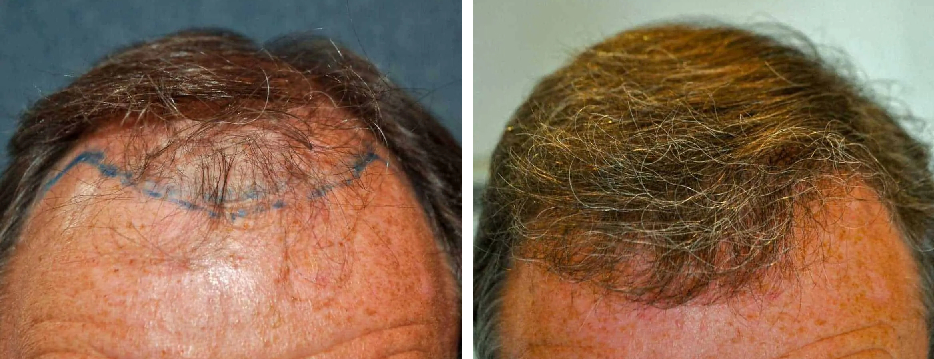
1. Visit Your Surgeon
- A proper diagnosis is key. Your doctor will examine the scalp and possibly do a trichoscopy to assess follicle health.
2. Blood Tests
- Your doctor may recommend tests to rule out deficiencies or hormonal imbalances.
3. Hair Care Routine
- Avoid harsh shampoos.
- Don’t use excessive heat or chemical products.
- Massage your scalp regularly to improve blood flow.
4. Medications and Supplements
- Minoxidil or Finasteride may be advised to support hair growth.
- Supplements like Biotin, Vitamin D, and Iron can help if you’re deficient.
5. PRP Therapy
- Platelet-Rich Plasma can stimulate hair follicles and reduce shedding.
- This non-surgical option is often used in follow-up treatments.
6. Consider a Second Transplant
- If the loss is significant and stable, a second procedure can restore density.
Tips to Maintain Transplanted Hair Long-Term
- Get regular check-ups with your hair restoration specialist.
- Follow a healthy lifestyle with a protein-rich diet.
- Manage stress with yoga, exercise, or therapy.
- Protect your scalp from sun damage.
- Avoid smoking and limit alcohol.
Dr. Saumil Girish Shah is a renowned plastic surgeon in Mumbai, specializing in both aesthetic and reconstructive surgery. Consultations with Dr. Shah is available at Skinzone Aesthetic. You can book an appointment by contacting the clinic directly or visiting their website.
Book a consultation today to get your hair loss concerns evaluated by a skilled professional.
Frequently Asked Questions
1. Is it normal for transplanted hair to fall out after 2 years?
It’s uncommon but not impossible. It may be due to natural hair thinning, medical conditions, or poor graft survival.
2. Can transplanted hair fall due to stress or illness?
Yes. Stress, infections, thyroid problems, or deficiencies can trigger shedding in both transplanted and native hair.
3. Does hair loss after 2 years mean I need another transplant?
Not necessarily. Many cases can be managed with medications, lifestyle changes, or non-surgical treatments like PRP.
4. How do I know if the transplanted follicles are still alive?
A Plastic Surgeon or Dermatologist can perform scalp analysis or trichoscopy to check follicle health.
5. Will Minoxidil help with transplanted hair loss?
Yes. It can strengthen weak follicles and prevent further loss, especially if started early.
6. Can I do PRP after a hair transplant?
Yes. PRP is safe and often recommended to boost results and maintain hair density.
7. Is a second hair transplant safe?
If done under proper guidance and after evaluating donor area strength, a second transplant is safe.
8. How often should I follow up after a transplant?
Ideally once every 6–12 months to monitor progress and catch any issues early.
Hair transplant success doesn’t end with surgery—it requires ongoing care, good health, and regular follow-ups. If you notice hair thinning after two years, don’t panic. Many issues are temporary or treatable.
Speak to your doctor, get the right guidance, and take proactive steps to preserve your results. Your hair journey is still in your hands.

